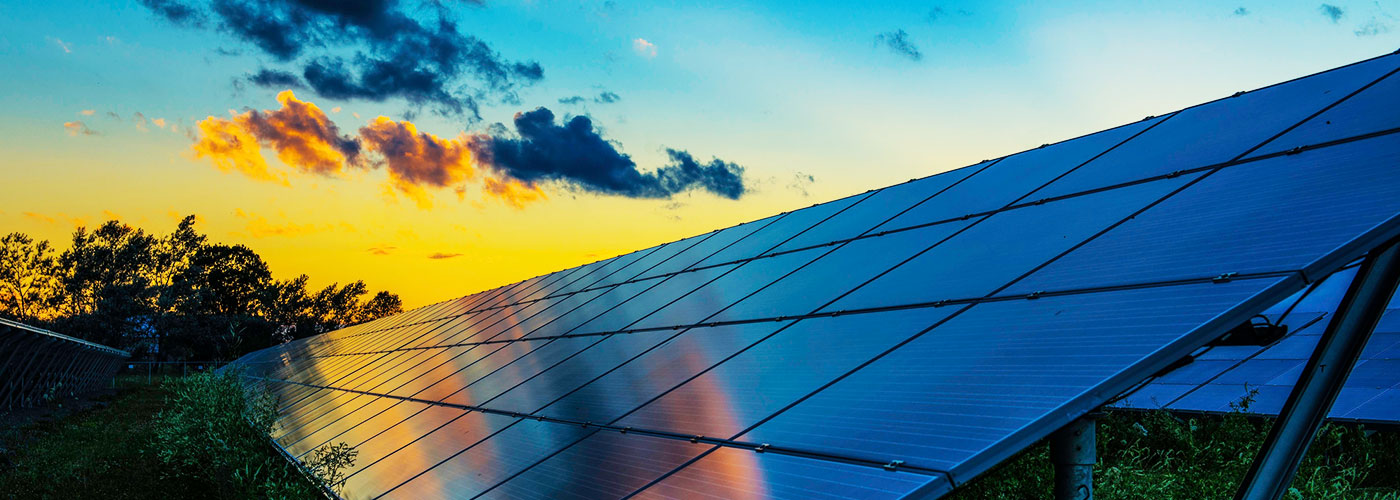In July 2014, a group of sustainability leaders gathered a couple hours west of Denver, Colorado at the Aspen Institute. Through group discussions and one-on-one conversations about the environmental problems confronting our society, I resolved to grapple with a fundamental bottleneck in our ability to deploy climate change solutions: customer awareness.
When I founded SunEdison, solar was a niche technology that only environmentalists and scientists engaged with. The main hurdle was the upfront cost. Through the invention of the power-purchase agreement, we were able to spread that cost across a 20-year contract. Reducing the upfront cost made solar accessible to the masses.
As the cost of solar continues to plummet, more people have been able to take advantage of the value solar power provides. Tweet This Quote
Now as the cost of solar continues to plummet, more people have taken advantage of the value solar power provides. Yet, people still think that solar and other cost-effective climate solutions are still too expensive. Through this misconception, these people are leaving money on the table and preventing these solutions from making an impact on climate change.
That’s why at Aspen, I set a public goal to help 100,000 people sell an average of $1 million in cost-saving climate change solutions in 20,000 municipalities across the USA.
The most effective way to get people to understand the value of climate solutions is getting feedback from people they trust. By making advocates out of people who have already used these technologies, we can leverage existing networks of trust to spread the adoption of technologies like solar.
The internet can play a role in identifying potential customers, but at the end of the day, climate solutions can’t be sold over the internet. Tweet This Quote
Many companies think that the internet will be sufficient to get people to go solar. And with the proliferation of e-commerce, I can excuse their assumption. The internet can play a role in identifying potential customers, but at the end of the day, climate solutions can’t be sold over the internet. Signing a 20-year lease, or paying for an energy retrofit is different from buying an iPad. You need a person at the kitchen table, or in the boardroom; it’s the only way to get it done.
When your neighbor goes solar, you see their system everyday, hear about their experience, and get to see first-hand the value it provides. This in turn makes you much more receptive to solar. The same holds true for other climate change solutions like energy efficiency. By turning people who already have climate solutions into local salespeople, we can further accelerate the technology’s adoption.
The solar industry already employs 175,000 people across the US, and even more people can be hired to spread the word about solar and other climate change solutions. I have worked with new companies like Powur to construct a decentralized sales structure to make advocates out of local people who have already adopted solar. These people not only make a difference by helping their neighbors go solar, but they are also rewarded for their efforts. Powur’s goal is to get two million homes to go solar by 2025 and will pass on $500 in commissions per system. That works out to be $1 billion paid out to local people in the next decade.
In the US today, customer acquisition now accounts for 10 percent of the cost of solar power. Tweet This Quote
This deal works not only for the advocates, but also solar companies. As the price of the solar hardware has decreased, the cost of customer acquisition has steadily become a larger part of the overall cost of a solar system. In the U.S. today, customer acquisition now accounts for 10 percent of the cost of solar power. In countries with large amounts of solar power, the situation is very different. Australians have installed solar power on one out of every six homes. As a result, the cost of acquiring a customer in Australia is half the cost in the US.
Established companies like SolarCity understand the need for a boots-on-the-ground sales team and are expanding their workforce accordingly. Since setting my goal, the solar industry alone has added 2,000 new salespeople per month meaning 20,000 more people are selling climate-change solutions today. As an industry, we have met the first part of my goal by having 100,000 people selling climate change solutions; the only remaining piece is to increase the throughput in these sales channels.
The key to reaching $100 billion in annual sales is by expanding the amount of offerings to customers. Tweet This Quote
The key to reaching $100 billion in annual sales is by expanding the amount of offerings to customers. In the next decade, the established sales forces of solar companies and companies like Powur will start selling other climate change solutions to fuel their growth. This transition may start as soon as next year. At the end of 2016, the reduction of the federal income tax credit (ITC) for solar power will compel solar companies to look toward other climate change solutions like energy efficiency to continue their growth.
The combination of expanding sales channels and increased throughput will push us over the $100 billion mark. By making entrepreneurs out of local people, we can better spread the proceeds of the greatest wealth creation opportunity on our planet and further accelerate the adoption of climate change solutions.



